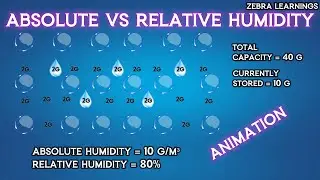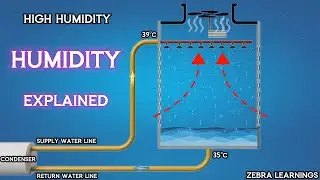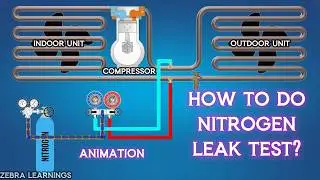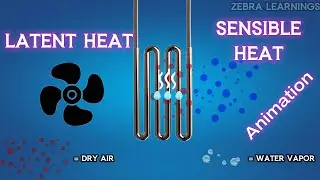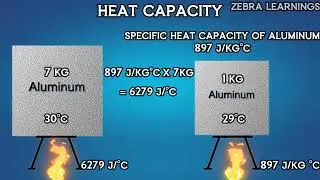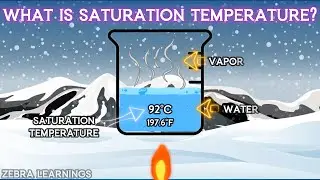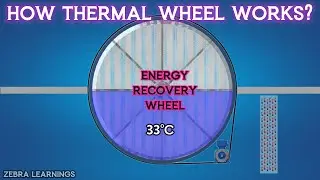Latent Heat and Sensible Heat Explained | Humidity | Animation |
Sensible Heat:
What it does: Changes the temperature of a substance without changing its state (solid, liquid, or gas).
Example: Heating up a pot of water on the stove. The water gets hotter (temperature increases), but it remains a liquid.
Latent Heat:
What it does: Changes the state of a substance (solid to liquid, liquid to gas) without changing its temperature.
Example: Water evaporating into vapor. The water absorbs heat to change from liquid to vapor, but its temperature stays at 100°C (212°F) until all the liquid has evaporated.
Analogy:
Imagine a group of people on an escalator.
Sensible heat is like the escalator moving up or down, changing the people's height (temperature).
Latent heat is like the people stepping on or off the escalator, changing their state (floor level) without changing their height.











